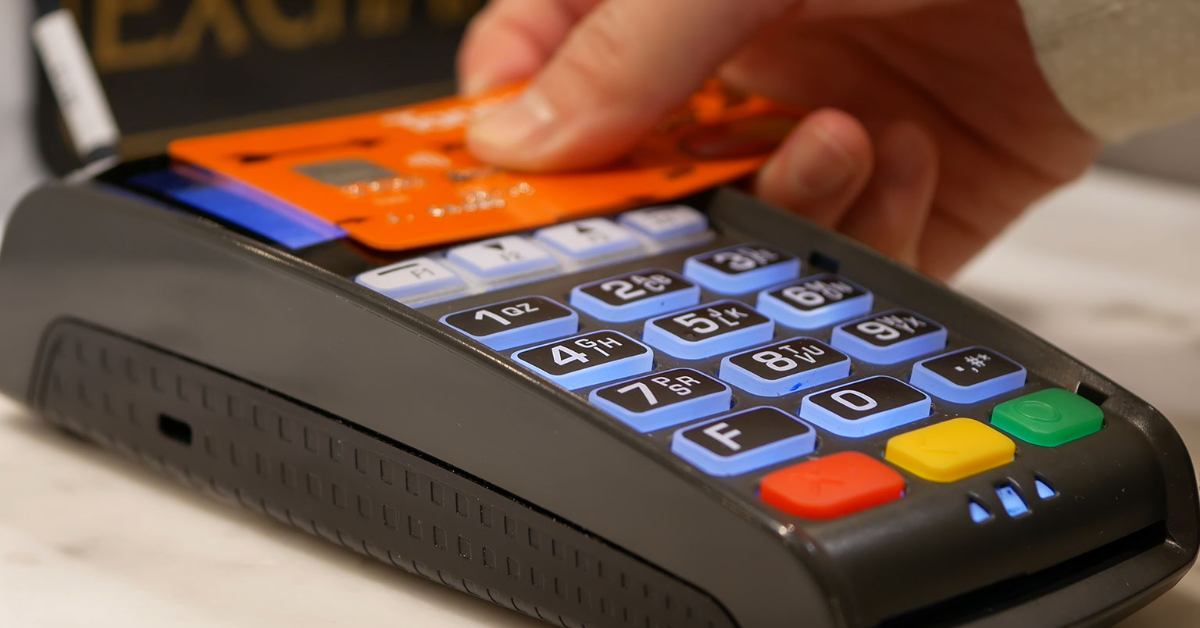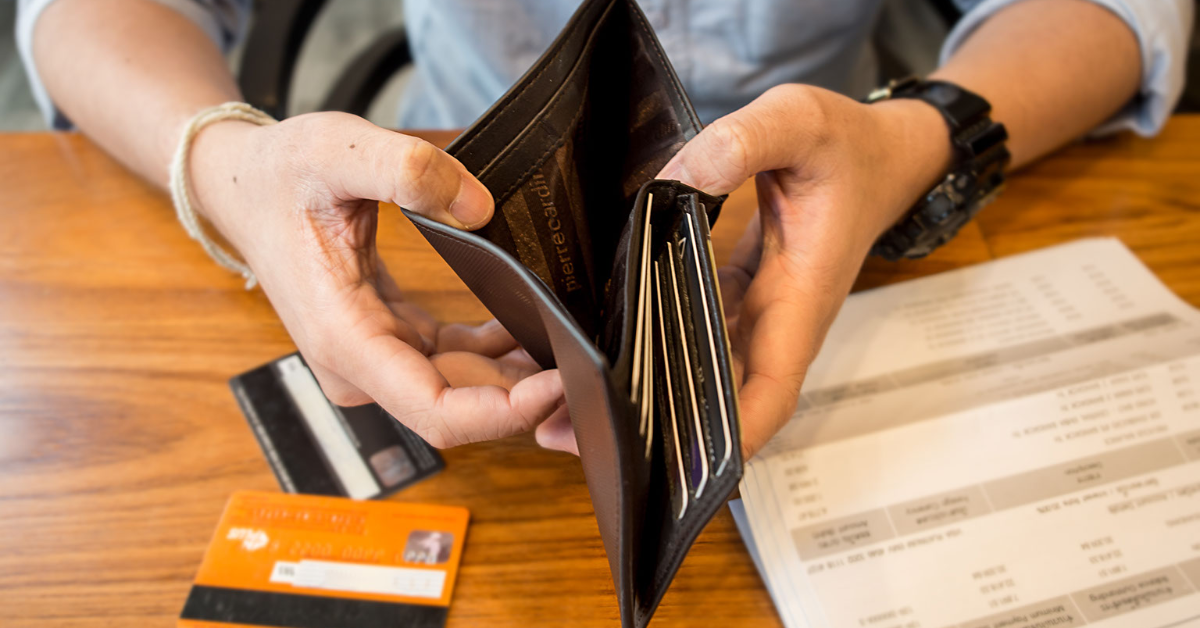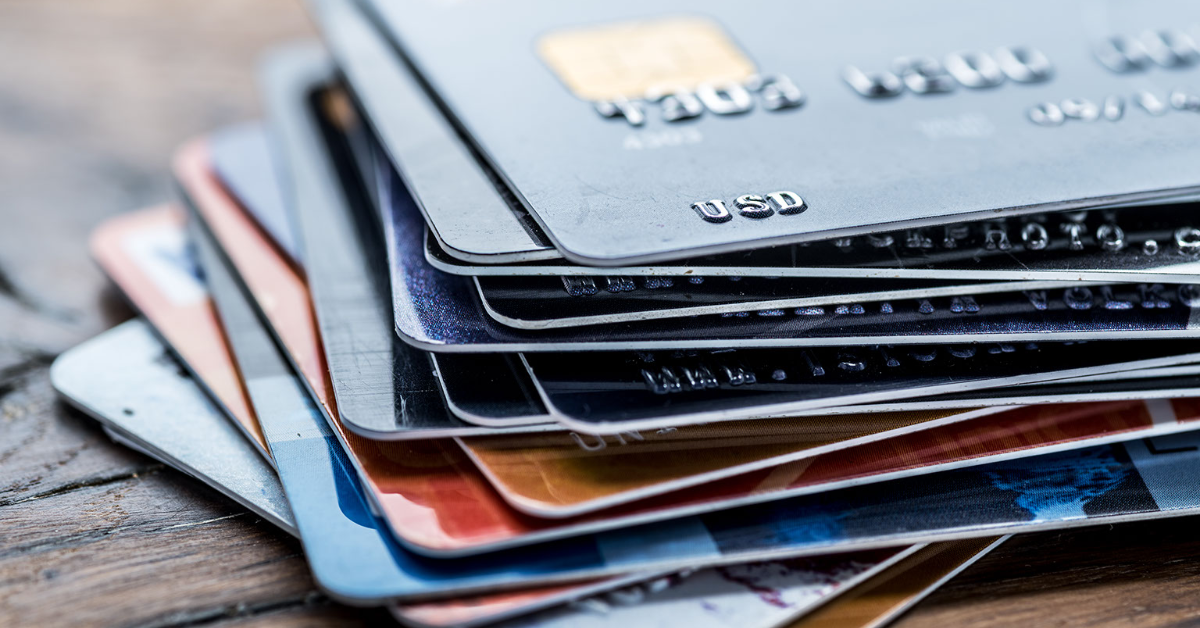You turn 18 and suddenly you’re an ‘adult.’ Someone tells you that you need to get a credit card and fast. How else are you going to build up your credit score and become a responsible member of society? I mean, if you don’t get one, you’re basically doomed, right? Say goodbye to ever owning a home…Does anyone else see the hypocrisy in that?
Why do we get shamed for having debt, yet we’re pushed to get a credit card as soon as possible? This doesn’t add up. Well, I’ll let you in on how this works and of course it goes back to one of the main issues in centralized finance. There’s too many hands in the cookie jar. When you tap your card, that money is not going directly to the merchant. In fact, it’s going to about 3 – 4 different parties. Talk about convoluted.
Critics try to say that cryptocurrency is complicated. I think those people don’t have a clue about what really happens in the traditional payments world. There’s a reason this industry is worth trillions of dollars. Just take a look at all the players that take a cut!
What Happens When You Use Your Credit Card?
Now, I’m not going to bore you with all of the details. But I want to expose what’s going on when you spend ‘your’ money. We’ve got the cardholder (that’s you), the merchant, the issuer, the acquirer, and the network. Now, you might be wondering…why are there so many different players involved here?
Well, it goes a little something like this. You use your card to buy something → your details are sent to the acquiring bank → details are forwarded to the credit card network → payment authorization is requested from the issuing bank. Sounds confusing? I bet and this is just the authorization part of the process. If you want some good reading to put yourself to sleep, you can head over here to learn more.
Either way, you get the idea. This system is one that’s designed to shuffle around money. And everyone gets a piece of the pie. But how does this affect small businesses, and more importantly, how does this affect the average person?

Small Businesses Struggle to Get Off the Ground
Now, I’m sure you’ve experienced what I’m going to talk about next. You go to pay a small business (think your local convenience store) and you see there’s a $10 – $15 minimum purchase for credit cards. Why is this? Well, I think that the answer should be obvious. These businesses pay a ton of money to accept your credit card payment. The average transaction fee is anywhere from 2.5 – 5%. And it can be even greater for card-not-present (online) transactions.
Businesses starting out don’t have a lot of options. They may not even get approved right away! Let’s just look at one of the popular online processors for small businesses: Stripe. They charge 2.9% and .30 cents a transaction. While that might not seem like an insane amount, it can add up fast. With so many players trying to take a cut of the profit, it’s small businesses that end up paying the price.
How Does this Affect Consumers?
The world of payments is a massive machine and everyone wants your money. Think about all the incentives that credit card companies offer. Sign up and get $1000 worth of travel! If it sounds too good to be true, it is. When you read the fine print, you’ll realize that you’re really signing up for a 20% interest rate.
They want you to spend as much as possible. The average amount of a credit card transaction is more than 4x a cash transaction. It’s a psychological trap. You end up spending more to get more rewards. And then suddenly you’re left with a huge bill and a bunch of stuff that you don’t need. It’s a vicious cycle.
In just the United States, there’s over $4.2 trillion dollars in consumer debt. And who does this impact the most? Low-income families. That’s right, individuals who make the least amount of money, owe the most debt. On average, 31% of their income goes towards debt repayment. This is a major issue in North America and it’s only getting worse.

The False Promise of Buy Now, Pay Later
Within the last year, ‘no-fee’ installment plans have really begun to pick up steam. And on the outside, it seems like a good alternative to credit cards. Why wouldn’t you want to buy something and then pay no interest on installments? Maybe because it doesn’t really work that way. Sure, there’s no interest if you pay the installments on time. But credit cards work that way too. You don’t pay interest when you pay your bill off each month. The difference with a lot of Buy Now, Pay Later services is that there can be some hefty late fees. Think 25% – yikes.
Buy Now, Pay Later is really just credit cards dressed up a different way. But Gen Z and Millennials are getting drawn in. It might be flashier than credit cards, but we’ve got to be really careful here. This is still a type of debt, and a dangerous kind. Buy Now, Pay Later services are pretending to be something that they’re not. At the end of the day, if you’re always struggling to pay off purchases that you made months ago, you’re stuck. To me, this is nothing more than a modern debt trap. And merchants are getting hit hard here too. Buy Now, Pay Later transactions can cost as much as 8% in fees.
The truth is that if you can’t see who is getting hurt from these types of platforms, it’s probably you.
The Digital Solution That We Need
I think a lot of people turn to credit cards, and Buy Now, Pay Later platforms because of their convenience. It’s so easy. It’s so much a part of our lives. But there has to be hope for a better system. And there is: P2P payments. We have the technology to facilitate these payments, but some people are still apprehensive. Credit cards are the safe option, and I get it. But I think that overtime, P2P payments are going to take the lead. We just need to get over a few hurdles. Education and misinformation are some huge challenges in this space.
There’s this idea that cryptocurrency is super complicated. But in reality, it’s way more straightforward than any of the stuff that I mentioned in this article. There are no middlemen here. We’re removing all of the red tap. We need to get out of the mindset that it’s cash vs credit cards. We have a better alternative!
As more and more businesses start to accept cryptocurrency payments, the tides will turn. There’s no reason to go into debt anymore. Because when all of the flashiness gets stripped away, that’s what we’re left with. And decentralized finance is what’s going to fuel this movement. There are certainly times when you’ll still need to get a loan. But with DeFi, it won’t cost you your life.
